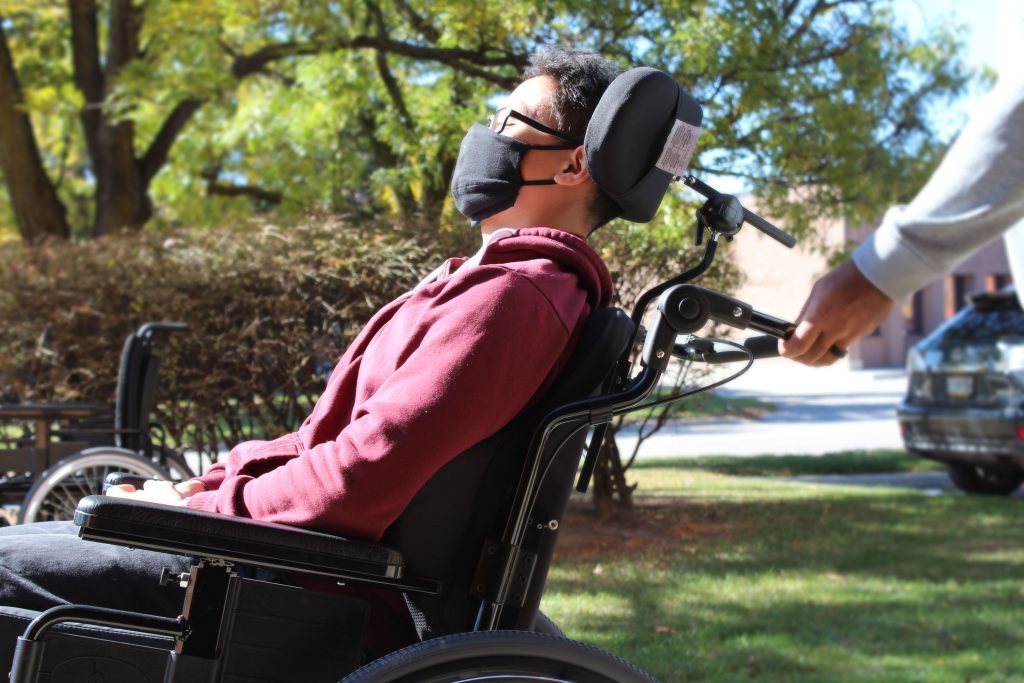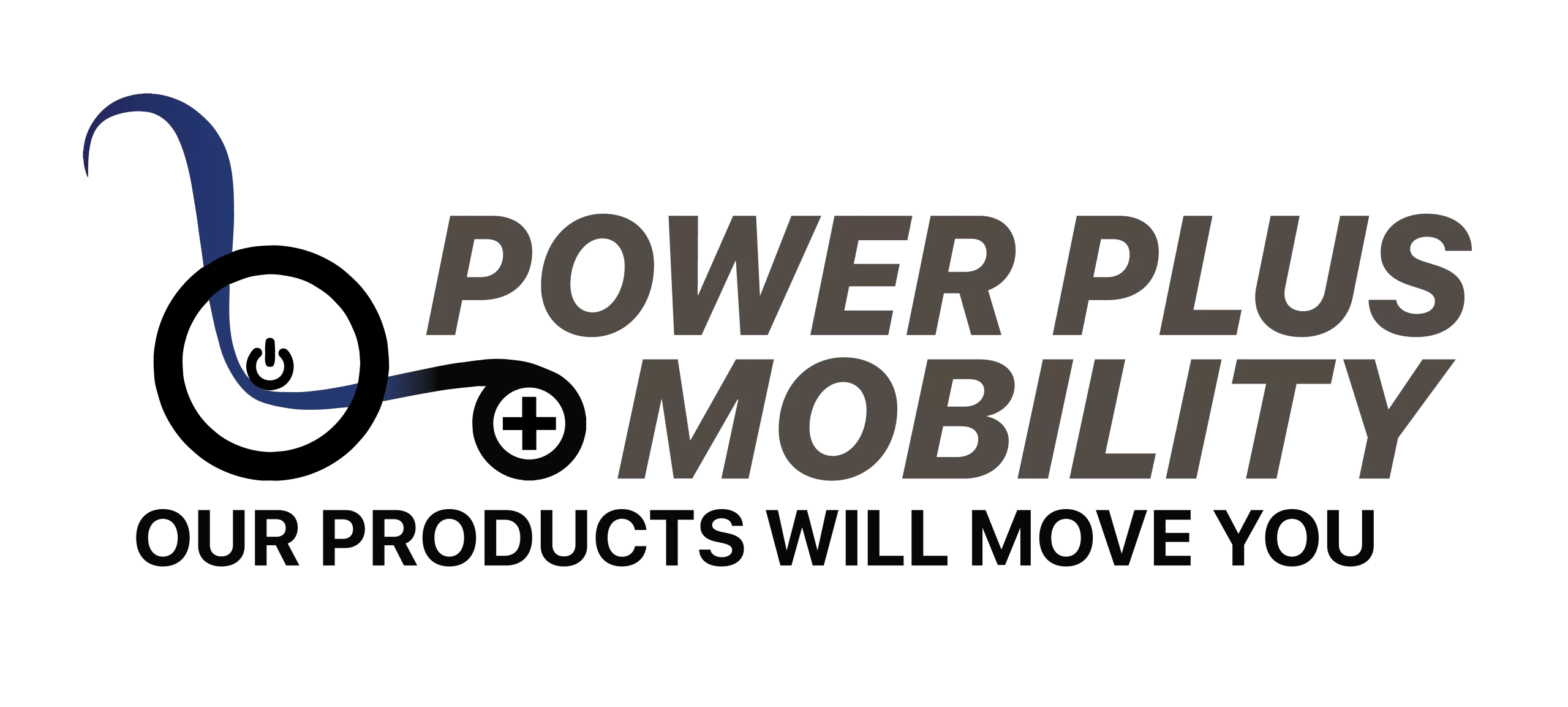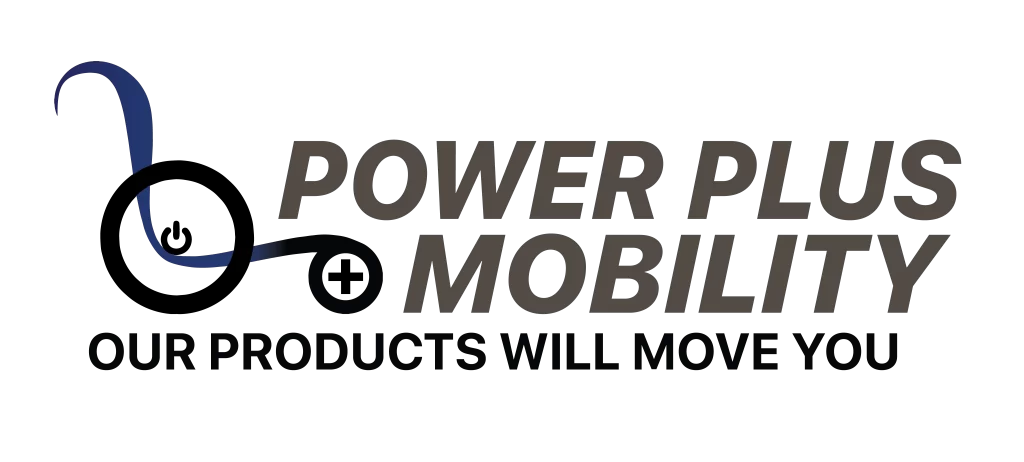
When emergency strikes, wheelchair users face unique challenges that require advance planning. From power outages during Canadian winter storms to natural disasters and equipment failures, being prepared means the difference between managing confidently and facing dangerous situations. This guide helps Canadian wheelchair users develop emergency plans addressing mobility-specific needs while ensuring safety and peace of mind.
Why Emergency Preparedness Is Critical
Wheelchair users depend on functioning equipment, accessible environments, and sometimes electrical power for daily mobility. When emergencies disrupt these essentials, consequences can be severe. Power outages disable power wheelchairs, elevators, automatic doors, and medical equipment. Severe weather creates inaccessible conditions, blocking routes and creating hazards.
Emergency preparedness isn’t about paranoia—it’s about empowerment. Having plans and supplies ready provides confidence to handle unexpected situations safely.
Understanding Your Emergency Risks
Canada’s diverse geography creates varied emergency risks depending on location.
Winter Weather: Across Canada, severe winter storms present the most common emergency for wheelchair users. Heavy snowfall, ice storms, and extreme cold create accessibility challenges while causing extended power outages.
Power Outages: Power wheelchair users face immediate mobility limitations when batteries drain without recharging capability. Elevators become unusable, automatic systems fail.
Natural Disasters: Canadians face risks from flooding, wildfires, earthquakes, tornadoes, and storms. Each requires specific preparations addressing evacuation challenges and equipment protection.
Medical Emergencies: Wheelchair users may face complications accessing emergency care and maintaining mobility during medical situations.
Equipment Failures: Mechanical failures, flat tires, or battery problems create emergencies even when external conditions remain normal.
Creating Your Personal Emergency Plan
A comprehensive plan addresses your specific needs, living situation, support network, and regional risks.
Mobility Assessment: Document how you would navigate various scenarios. Can you use stairs if elevators fail? Do you have backup mobility options? How would you evacuate if your usual exit becomes blocked?
Communication Strategy: Establish multiple communication methods with family, friends, caregivers, and emergency services. Program emergency contacts and keep written lists accessible.
Evacuation Planning: Develop detailed plans for different scenarios. Identify multiple accessible exit routes and designate meeting locations.
Support Network: Build a network of family, friends, neighbors, and caregivers who understand your needs. Share your plans with them.
Essential Emergency Supplies
Standard emergency supplies apply to everyone, but wheelchair users need additional specialized items.
Basic Kit: Maintain water (4 liters per person daily for 72 hours), non-perishable food, flashlights, batteries, battery-powered radio, first aid kit, essential medications, document copies, and cash.
Wheelchair-Specific Supplies: Include spare batteries, manual backup wheelchair, tire repair kit and pump, adjustment tools, extra cushion, replacement parts (casters, bearings, brake parts), heavy-duty gloves, and reflective tape.
Power Solutions: Invest in portable battery banks for wheelchair charging. Keep spare charged batteries, rotating regularly.
Accessibility Equipment: Maintain portable ramps, door wedges, and cushioning materials. Proper positioning equipment maintains comfort during extended emergencies.
Medical Documentation: Keep medication lists, equipment specifications, healthcare provider contacts, and insurance details.
Home Emergency Preparations
Making your home accessible becomes even more critical during emergencies.
Clear Exit Routes: Maintain accessible pathways to all exits. Remove clutter that could block egress. Ensure doorways accommodate wheelchair passage.
Multi-Level Access: If living in multi-story homes, establish safe access when elevators fail. Some users install evacuation chairs for emergencies.
Emergency Power: Consider backup generators, battery systems, or uninterruptible power supplies to maintain essential equipment operation.
Weatherproofing: Protect your home against severe weather. Ensure adequate insulation, heating backups, and secure outdoor equipment.
Winter-Specific Preparations
Canadian winters require specialized preparation.
Winter planning begins with preparing your wheelchair for cold weather. Cold temperatures affect power wheelchair battery performance, reducing capacity and range. Keep batteries warm and fully charged before storms.
Stock winter supplies including extra blankets, warm clothing, chemical hand warmers, emergency shelter materials, sand or kitty litter for traction, and snow removal tools. Never use combustion devices indoors.
Establish snow removal arrangements with neighbors or services ensuring accessible paths remain clear.
Community Resources
Understanding available resources strengthens preparedness.
Emergency Services: Contact local fire, police, and EMS to inform them a wheelchair user lives at your address. Many communities maintain assistance registries.
Community Programs: Many municipalities offer disability-specific emergency programs providing kits, evacuation assistance, and shelter information.
Utility Notifications: Register as a medically dependent customer with utility companies. Priority restoration programs restore power quickly to vulnerable customers.
Healthcare Coordination: Discuss preparedness with your healthcare team. Working with experienced providers ensures emergency medical needs are addressed.
Communication Strategies
Maintaining communication during emergencies is critical.
Multiple Methods: Don’t rely solely on cell phones. Maintain landline phones that work without electricity, battery-powered radios, and written materials. Consider personal alert systems.
Social Media: During large emergencies, social media often remains functional when cellular networks become overloaded. Post status updates confirming safety.
Emergency Identification: Keep medical alert bracelets indicating conditions, mobility limitations, and emergency contacts. Store comprehensive information in your wheelchair bag.
Practicing Your Plan
Plans mean little without practice. Schedule regular drills testing evacuation procedures, communication protocols, and equipment functionality.
Review and update plans annually or when life changes occur. Update contacts, replace expired supplies, and refresh skills.
Maintain equipment carefully. Check batteries monthly, rotate supplies before expiration, test backup systems regularly, and inspect repair supplies.
Building Confidence
Emergency preparedness builds confidence to handle unexpected situations. Rather than fearing emergencies, prepared individuals face them with calm assurance.
Start preparations today. Begin with basic supplies and simple plans, building comprehensive preparedness over time. Every step improves safety and confidence.
Power Plus Mobility’s Commitment
At Power Plus Mobility, we understand your wheelchair represents more than mobility equipment—it’s essential for independence and safety. Our Canadian-made wheelchairs are built with durability and reliability in mind.
Our team helps you understand wheelchair specifications, power requirements, and maintenance needs—essential for emergency planning. We recommend appropriate backup equipment and accessories enhancing preparedness.
For comprehensive information about wheelchair care, accessibility, and maximizing independence, explore our blog collection covering every aspect of wheelchair living in Canada.
Take Action Today
Don’t wait for emergencies before preparing. Start planning now by assessing risks, gathering supplies, creating evacuation plans, and building your support network. Your safety and independence depend on preparations made today.
Emergency preparedness empowers wheelchair users to face unexpected situations with confidence. By taking control of planning, you ensure mobility limitations don’t compromise safety when crisis occurs. Be prepared, stay safe, and maintain independence regardless of what emergencies may come.
To visit our social media, please click on Facebook and Instagram




